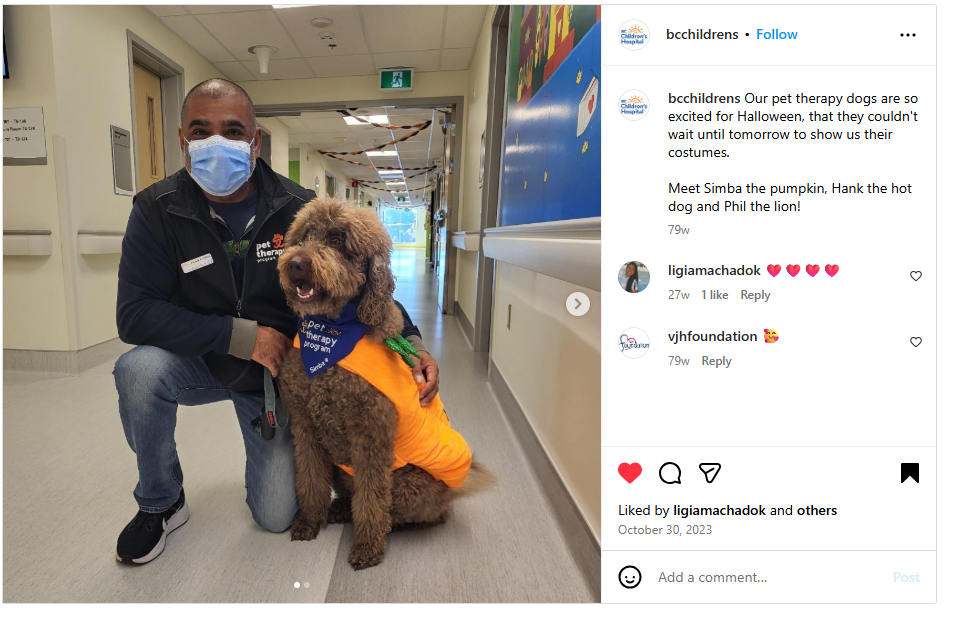
Part 1: Kindness
Introduction:
I have a deep aspiration to bring LOVE back in to medicine. Love is not a word we use much in medicine, and for some very good reasons. It has become misunderstood or cheapened through the way it has been used and/or abused in popular discourse. At the same time, love is at the root of why many of us chose to enter the healing professions, as a calling, not just a job. Love is part of my personal definition of mindfulness (adapted from Jon Kabat-Zinn): Paying attention in a particular way, on purpose, in the present moment, and with unconditional love. We need to tend to this precious root, so that it can become a beautiful flower. Like any other living thing, if we don’t tend to it, it will wither and weaken. If this happens, we may run out of the energy and aspiration we need to sustain ourselves in this sacred work.
WHY do we love? My mentor, Dr. Kenneth Ginsburg (Adolescent Medicine Pediatrician, Children’s Hospital of Philadelphia and University of Pennsylvania) says, “We love so that people know that they’re worthy of being loved. Love can bring us energy and courage to face pain and suffering. Love can provide us connection and meaning in our work, and in our lives."
WHAT is love? This four-part series will examine what Zen Master Thich Nhat Hanh describes as the Four Elements of True Love, and how they can enrich our work in medicine. This is the first piece of the series.
| ||
"True love is made of four elements: loving kindness, compassion, joy, and inclusiveness. (Zen Nun, senior student of Thich Nhat Hanh) |
The first element of true love is loving kindness, or we might simply say kindness for short. We can also consider other words which resonate with us more. Perhaps we might say friendliness, or caring. Kindness is the ability to bring joy to another person.
Our work in medicine is much more than our diagnoses, our treatments, our medications and our procedures. We share in large and small acts of kindness every day in our work. Often, those small moments of kindness are what our patients and families remember just as much as the treatments that we offer. When we take the time to be truly present for a sick child, to really look deeply into their experience so that we can fully understand what they are going through, that is already a moment of healing. Love is made from understanding.
When we share moments of kindness with our colleagues and trainees, it help us all to feel that we are part of a community, connected, and seen. As Coast Salish Knowledge Keeper Shane Pointe (Sulksun) has taught us, these acts of kindness are Eyhh Slaxin, Good Medicine.
One of my favorite examples of kindness is the kindness of the pet therapy dogs that we are lucky to have at BC Children's Hospital. Dogs are naturally mindful and loving creatures. These pet therapy dogs are highly trained and skilled, and tended to by volunteers with big hearts. Every time one of these dogs visits a child in the hospital, I can see how it brightens their day. Every time I pass by one of these dogs in the hallway, I ask if I can take a moment to say hi and get a mini cuddle. My steps are lighter as I move to my next activity, and I hope that in some small way that I might share that lightness with the next patient or colleague that I meet with. Kindness is contagious!

Invitation to Contemplate: What is one small act of kindness that you shared, received, offered, or witnessed in health care in the past week? Perhaps it was with a patient, caregiver, or colleague. Take a moment to recall this situation. Who was there? What was the act of kindness? How did it make you and the other person(s) feel? Feel free to write some reflections in a journal, or share them with a trusted friend.